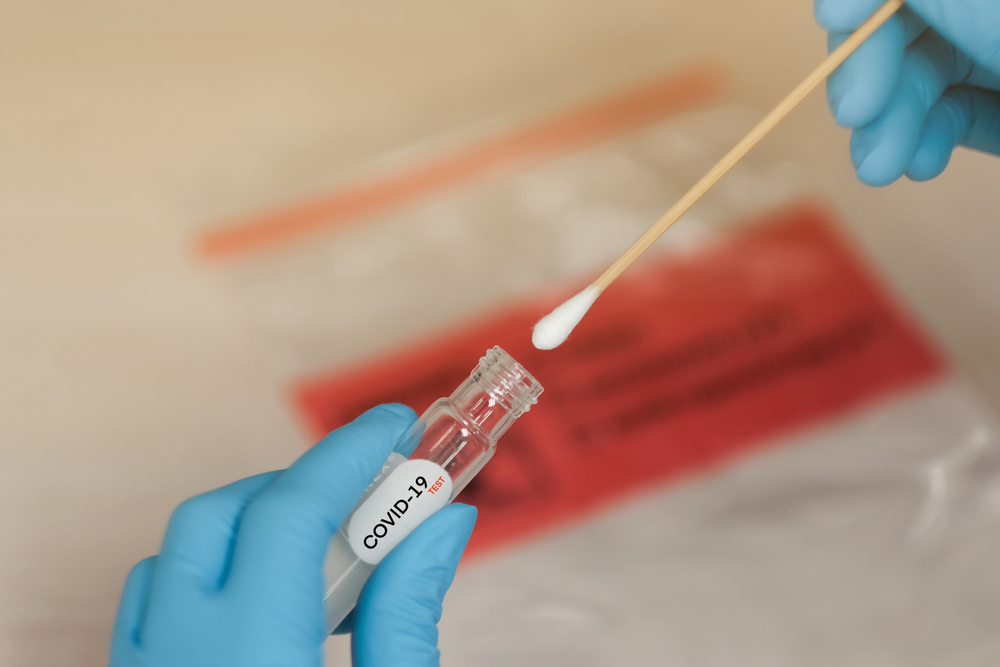S.E.P.S. maintains a firm dedication to the cleanliness and safety of scientific work environments. As the COVID-19 crisis continues to unfold, we’re discovering new information about the virus on a daily basis. Our previous FAQ on the virus explored the basics of lab decontamination and safety from C.D.C. resources. Additionally, our previous post broke down S.E.P.S. and our role in the fight against COVID-19.
Unfortunately, we’re still very much in the midst of the coronavirus crisis. Non-essential businesses are still shut down, most of us are still in strict quarantine, and health care workers are continuously overwhelmed by the multitude of patients being admitted to hospitals. And, hospital morgues are at maximum capacity, resulting in the need for mobile morgue rental trailers. Furthermore, doctors and scientists are still working feverishly to develop a vaccination.
Obviously, this is an unprecedented issue. In fact, the vast majority of us did not anticipate the COVID-19 issue ever becoming this severe. However, new information regarding biosafety guidelines (as per the C.D.C.) for handling possible COVID-19 specimens can help keep you and your co-workers safe from infection.
General COVID-19 Lab Safety Guidelines
First and foremost, safety guidelines for your lab depend on the procedures you regularly perform. Essentially, each lab should perform site-specific and procedure-specific risk assessments in order to eliminate risk. This is your first step to mitigating the potential hazards associated with handling COVID-19 specimens.
Your risk assessment and hazard elimination measures depend on:
- The procedures you perform daily
- Acknowledging the hazards or risks of the procedures
- The knowledge/expertise of the employees
- Your equipment and facility
Essentially, these are the first, rudimentary factors to take into consideration in order to begin eliminating hazards and preventing contamination in your lab. In most cases, the biosafety guidelines that are already in place can be effective in preventing infection. However, nowadays it’s critical to take the extra steps when it comes to washing hands and always wear the appropriate personal protective equipment (PPE). In addition, make sure to sterilize and disinfect absolutely every surface on a frequent basis.
Testing Viral Specimens
Regularly testing viral specimens can be done in labs with a biosafety level of 2 or higher. The following recommendations come directly from the C.D.C. in regards to handling specimens in biological science labs. In combination with standard safety precautions, when testing specimens your lab you should:
- Use automated and calibrated instruments whenever possible
- Process initial samples
- Examine bacterial cultures
- Use inactivated specimens, such as specimens in nucleic acid extraction buffer
- Package specimens for transport to diagnostic laboratories for additional testing (specimens should already be in a sealed, decontaminated primary container)
Procedures Likely to Generate Aerosols or Droplets
When it comes to procedures that may create aerosols or droplets, the C.D.C. highly recommends using a biosafety cabinet (BSC) or utilizing a distinct barrier between specimen and employee. Additional precautions include:
- PPE (surgical masks/face shields, gloves, etc.)
- Physical barriers (such as splash shields)
- Centrifuge safety cups & sealed centrifuge rotors
Additionally, other factors should be taken into consideration to determine if additional precautions are necessary. These factors vary based on your lab’s situational needs, testing volume, and likelihood to produce infectious droplets or aerosols.
Isolation, Decontamination & Waste Management
When it comes to the isolation of possible COVID-19 specimens, it’s recommended they be handled only in Biosafety Level 3 (BSL-3) labs. Obviously, all personnel should strictly adhere to each of the standard BSL-3 safety practices.
Lab decontamination is more important now than ever. At S.E.P.S., effective decontamination is one of our signature services. Each surface in your lab should be decontaminated regularly with the appropriate disinfecting agents. If decontaminating on your own, be sure to look into manufacturer’s recommendations for proper use. Matters of dilution, contact time and safe handling are critical for effective application.
At the moment, there is no research that supports the need to dispose of COVID-19 patient waste with extensive, additional packaging or sealing. However, all biological waste should be disposed of according to standard lab biosafety waste practices.
Conclusion – Stay Safe
For assistance in sterilizing, decontaminating or fortifying your lab against infection, contact us today. At S.E.P.S., we’ve kept labs clean and sanitary for decades. Extensive cleanliness and sanitation is critical right now to keeping personnel safe.
As we continue to discover new information on COVID-19, S.E.P.S. will continue to keep you informed. We’ve always worked hand-in-hand with the scientific community to ensure safe, functional and efficient workplaces, and we’ll continue to do so during and after this crisis.
